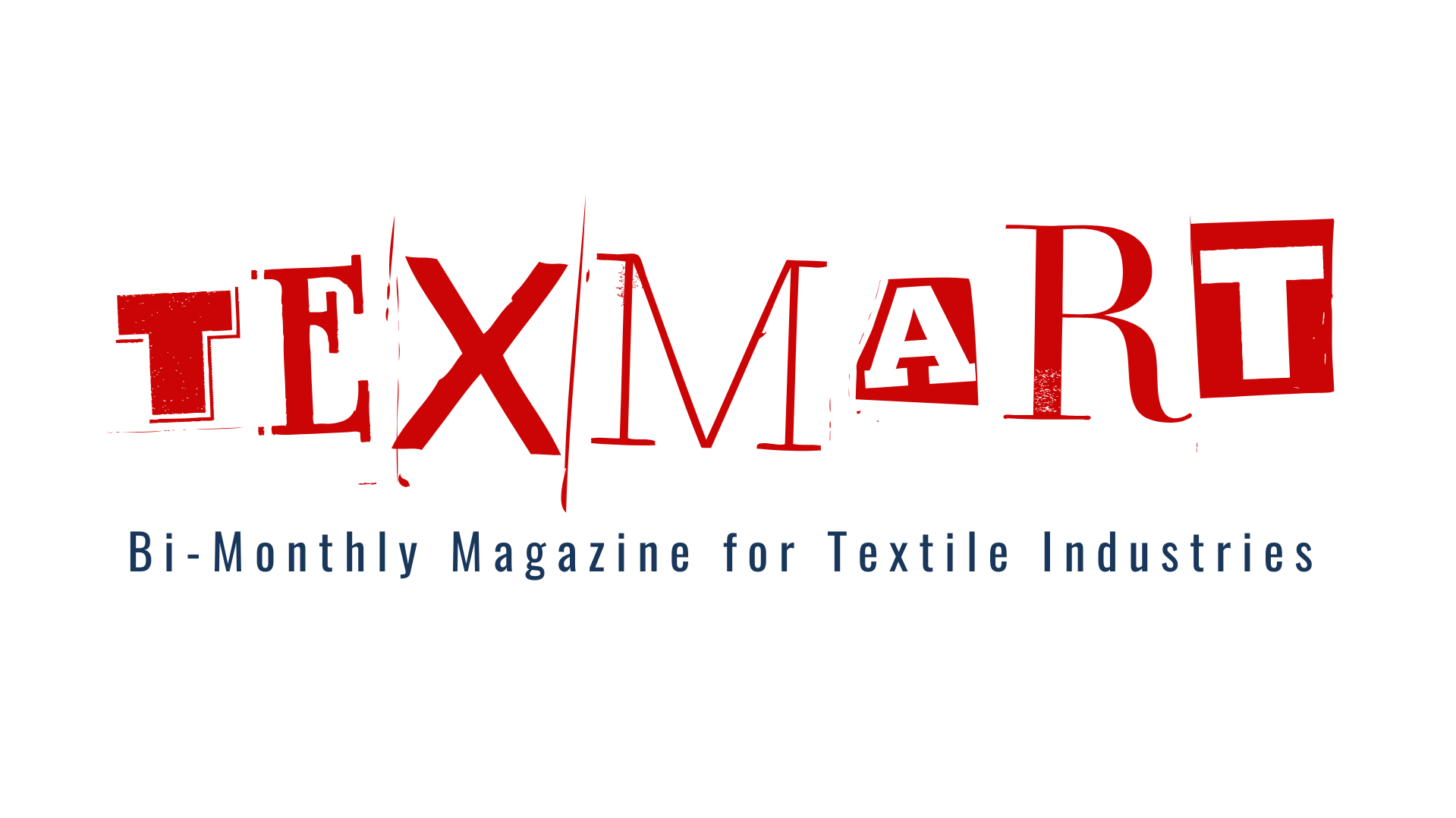US President Donald Trump’s new round of tariffs officially came into effect at 9.30 am on Wednesday (IST), impacting exports from 86 countries.
Among the hardest hit is China, now facing a total tariff burden of 104 per cent on its exports to the US. This combines an earlier 20 per cent duty, a 34 per cent addition announced last week, and a last-minute 50 per cent hike signed by Trump late Tuesday. Reacting strongly, China’s Commerce Ministry said, “The US threat to escalate tariffs on China is a mistake on top of a mistake… China will never accept it… China will fight to the end.”
Impact on India
India, meanwhile, is subject to a 26 percent tariff on its exports. While the US has spared some key Indian goods, such as semiconductors, copper, and pharmaceuticals, other major export categories like auto parts, gems, and jewellery are expected to take a hit. However, Trump said on Wednesday that the US will soon announce major tariffs on pharmaceutical imports. Notably, India supplies nearly half of all generic medicines consumed in the US.

